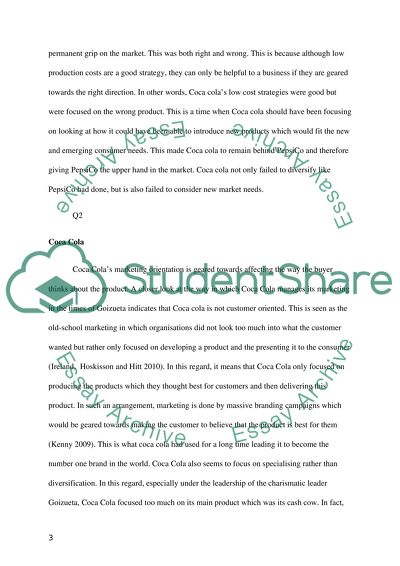Cite this document
(“Coca olas Response to Changing Market Conditions Essay”, n.d.)
Coca olas Response to Changing Market Conditions Essay. Retrieved from https://studentshare.org/marketing/1483481-coca-olas-response-to-changing-market-conditions
Coca olas Response to Changing Market Conditions Essay. Retrieved from https://studentshare.org/marketing/1483481-coca-olas-response-to-changing-market-conditions
(Coca Olas Response to Changing Market Conditions Essay)
Coca Olas Response to Changing Market Conditions Essay. https://studentshare.org/marketing/1483481-coca-olas-response-to-changing-market-conditions.
Coca Olas Response to Changing Market Conditions Essay. https://studentshare.org/marketing/1483481-coca-olas-response-to-changing-market-conditions.
“Coca Olas Response to Changing Market Conditions Essay”, n.d. https://studentshare.org/marketing/1483481-coca-olas-response-to-changing-market-conditions.


